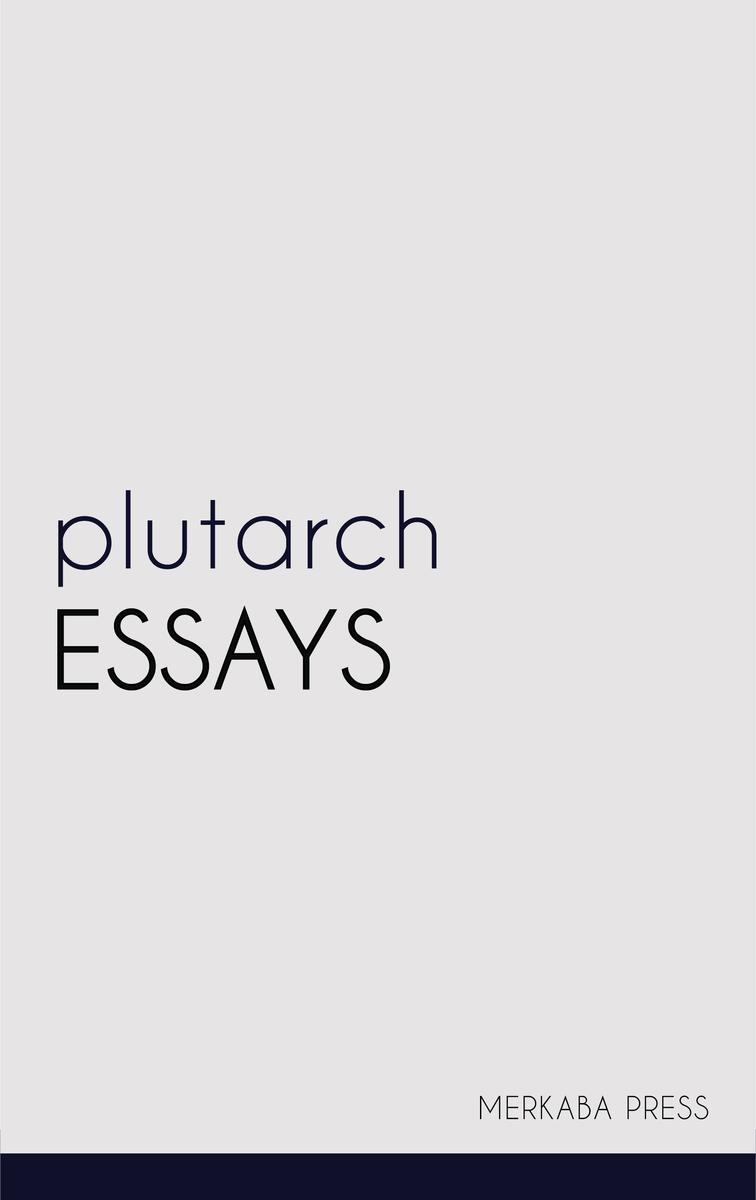
Essays
¥8.09
Essays
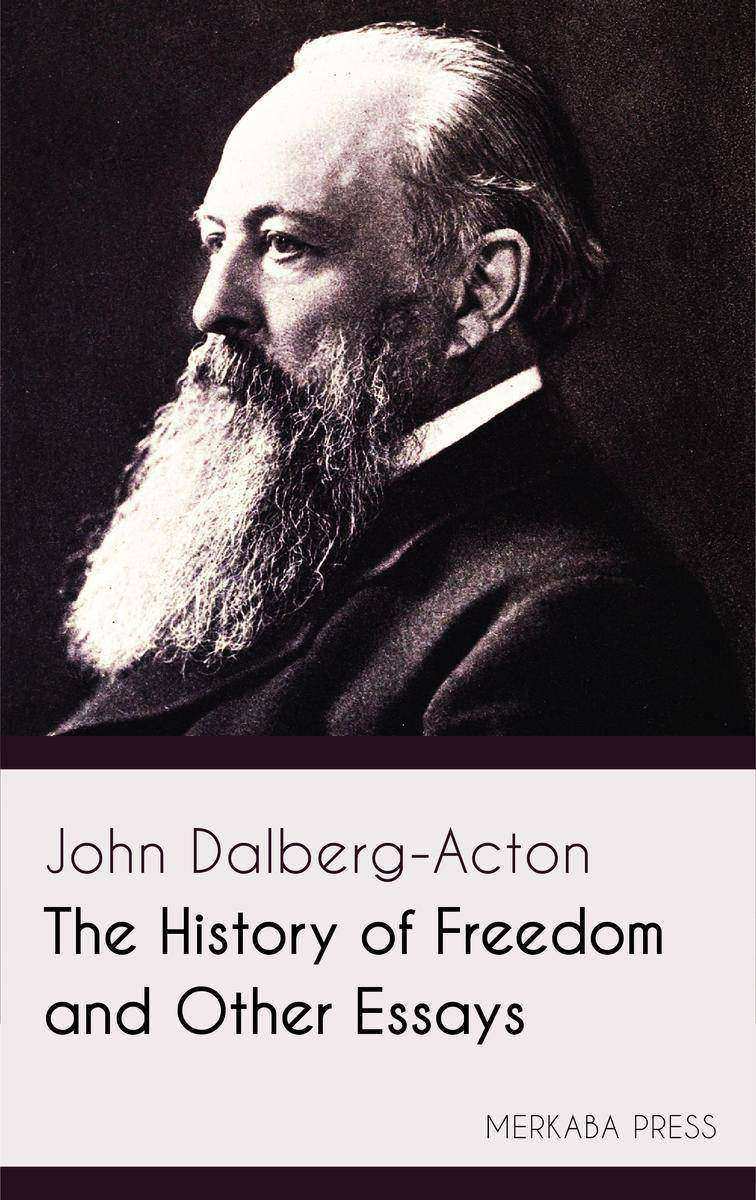
The History of Freedom and Other Essays
¥8.09
The History of Freedom and Other Essays

A Beginner's Guide to Polyvore: How to Become Famous & Popular on Polyvore
¥40.79
A Beginner's Guide to Polyvore: How to Become Famous & Popular on Polyvore
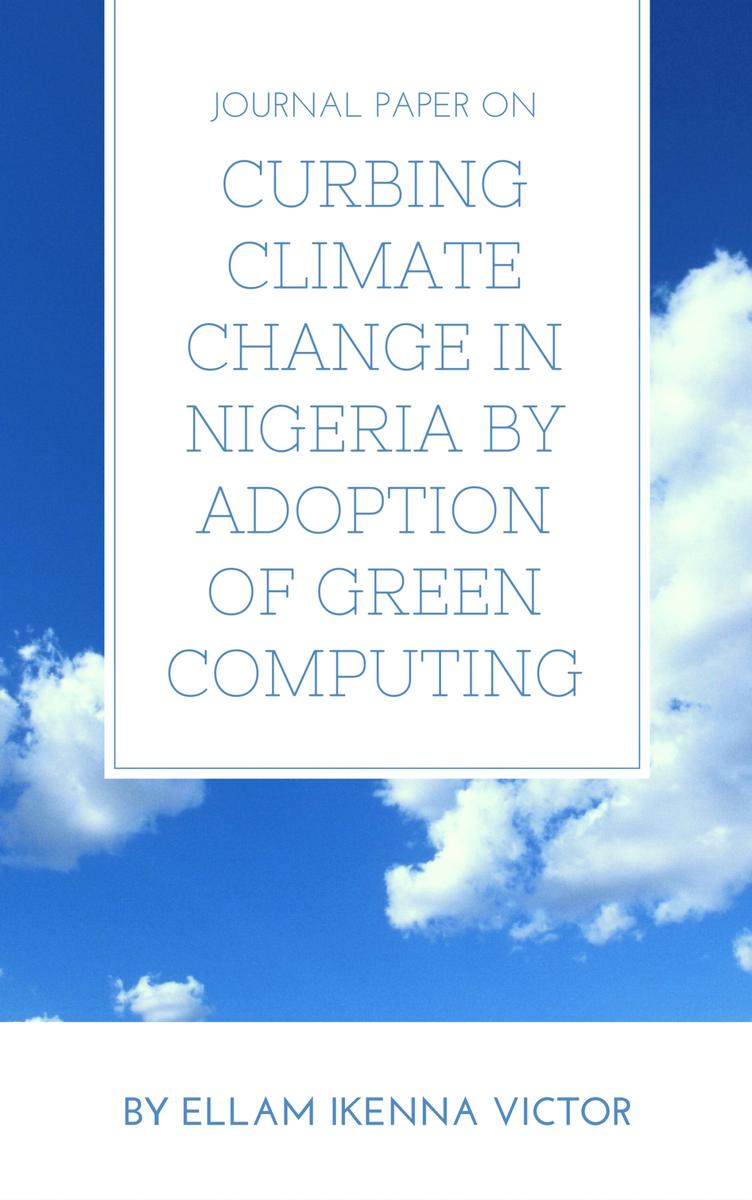
Journal Paper On Curbing Climate Change In Nigeria By Adoption Of Green Computin
¥32.62
Journal Paper On Curbing Climate Change In Nigeria By Adoption Of Green Computing

The Handmade Business Revolution: Where & How to Sell Own Crafts Online?
¥8.09
The Handmade Business Revolution: Where & How to Sell Own Crafts Online?
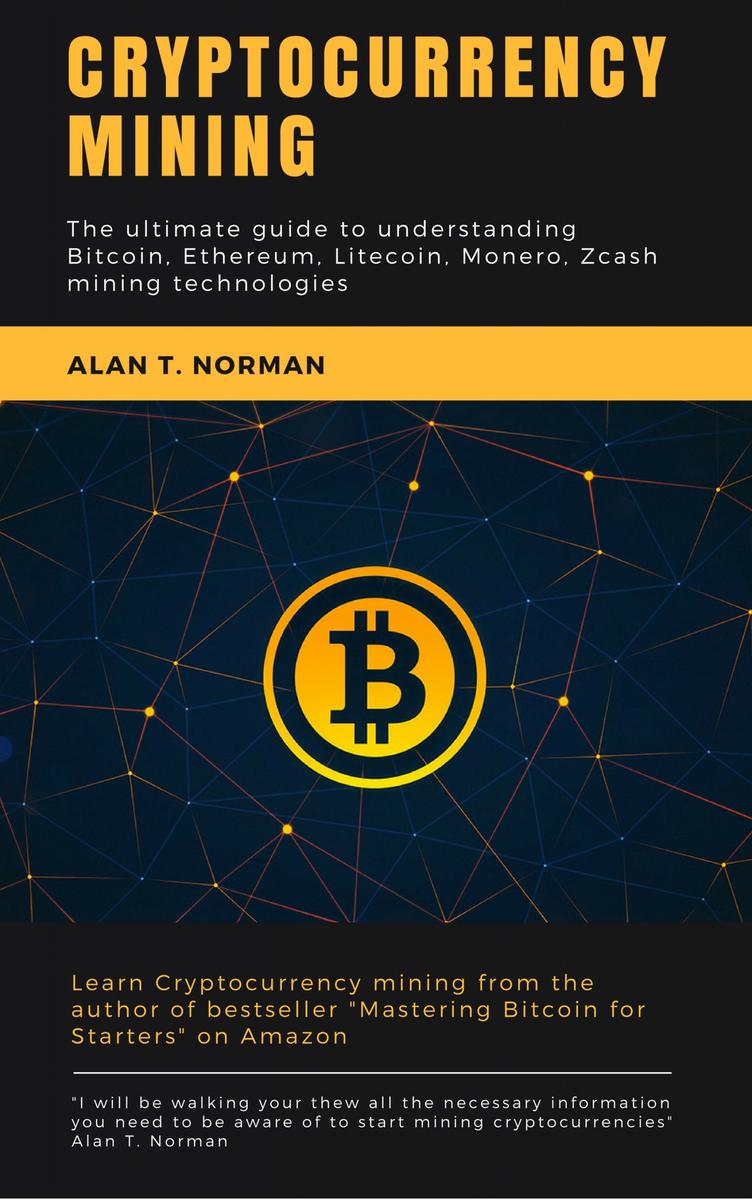
Cryptocurrency mining guide
¥24.44
Cryptocurrency mining guide

Travel Made Easy: Enrich lifestyle through travel at a budget
¥15.51
Travel Made Easy: Enrich lifestyle through travel at a budget

I Passed The Exam: The Ultimate Guide to Prepare Exam, Pass Exam & Getting Good
¥8.09
I Passed The Exam: The Ultimate Guide to Prepare Exam, Pass Exam & Getting Good Grades

Instagram Marketing for Beginners: How to make 10,000$ per month
¥15.51
Instagram Marketing for Beginners: How to make 10,000$ per month

The Complete Day Trading Education for Beginners
¥24.44
The Complete Day Trading Education for Beginners
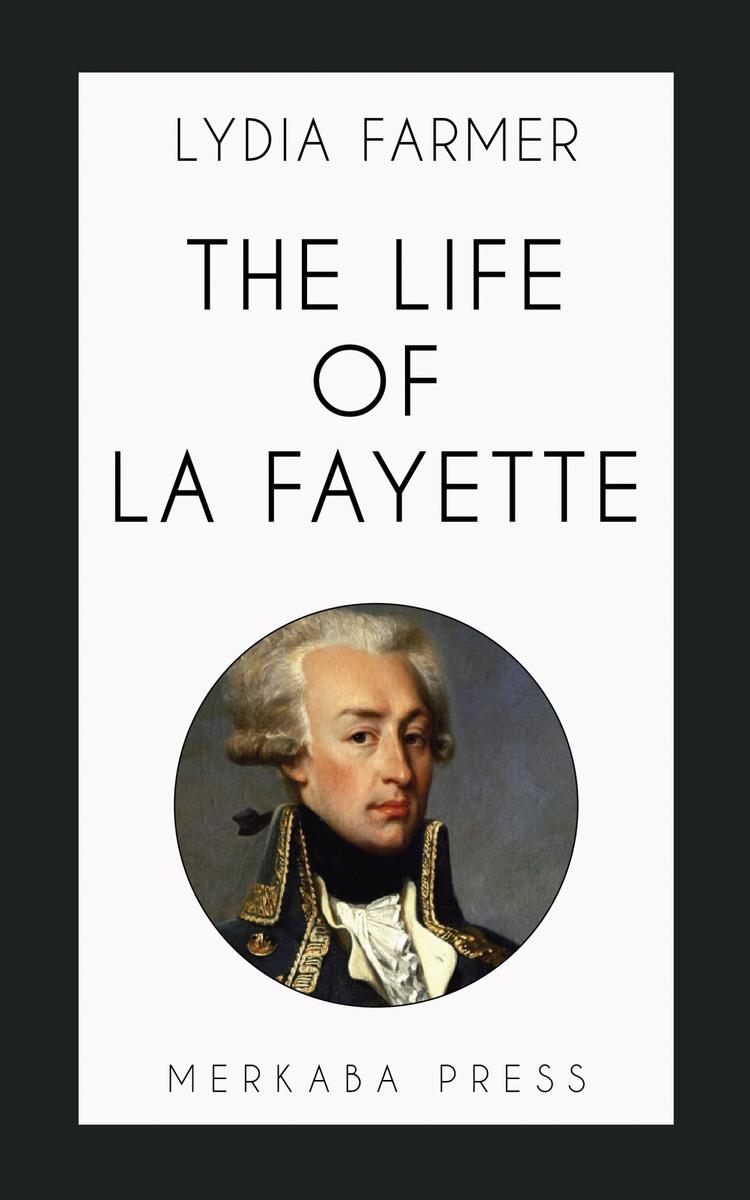
The Life of La Fayette
¥8.09
The Life of La Fayette

Introduction to Mystery Shopping
¥8.09
Introduction to Mystery Shopping
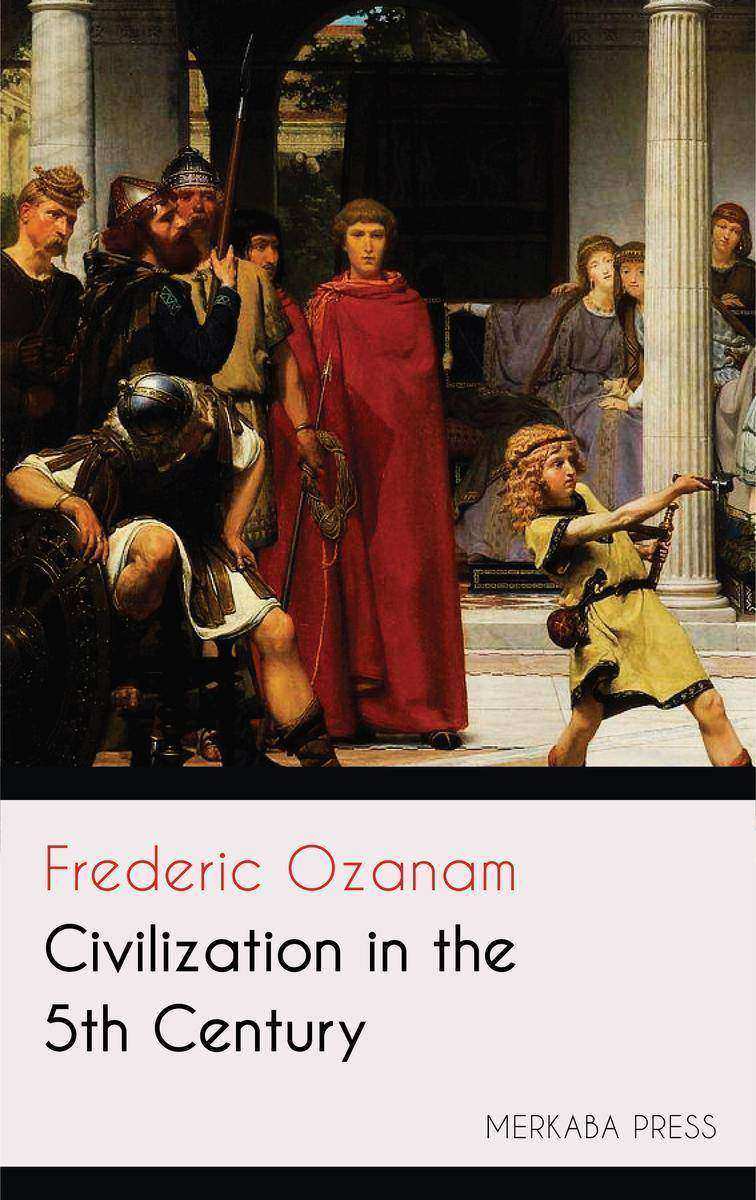
Civilization in the 5th Century
¥8.09
Civilization in the 5th Century
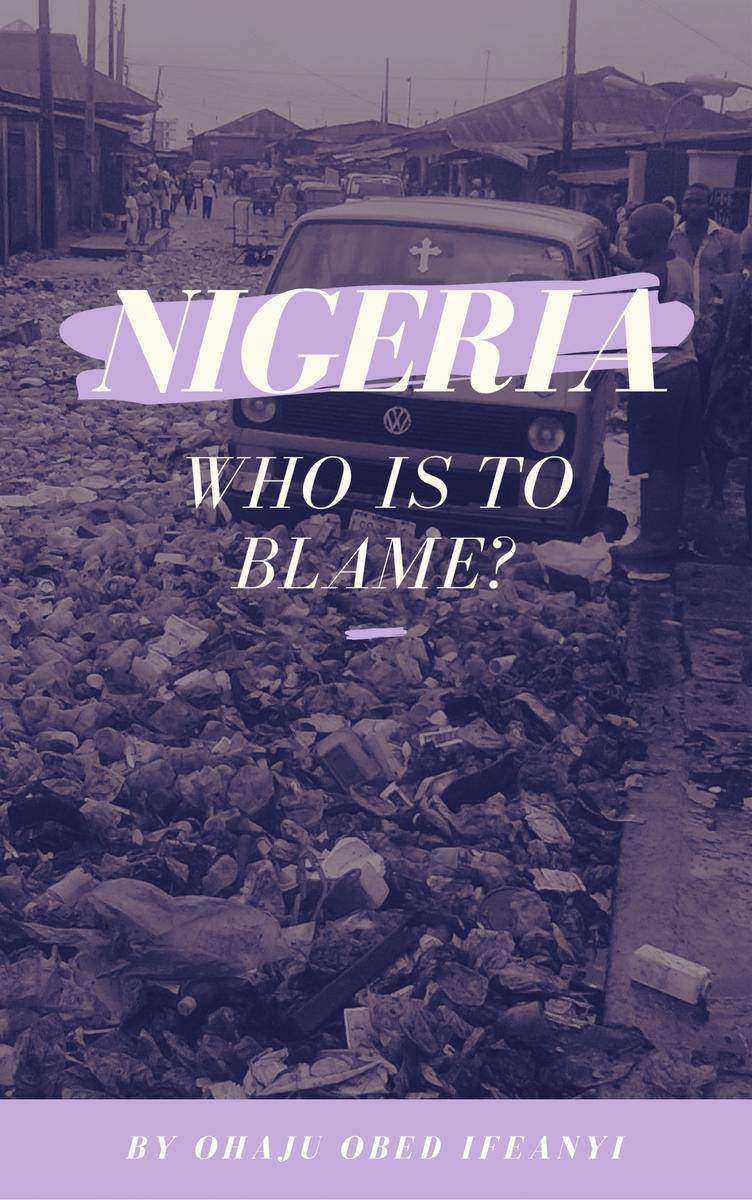
Nigeria: Who Is To Blame?
¥32.62
Nigeria: Who Is To Blame?
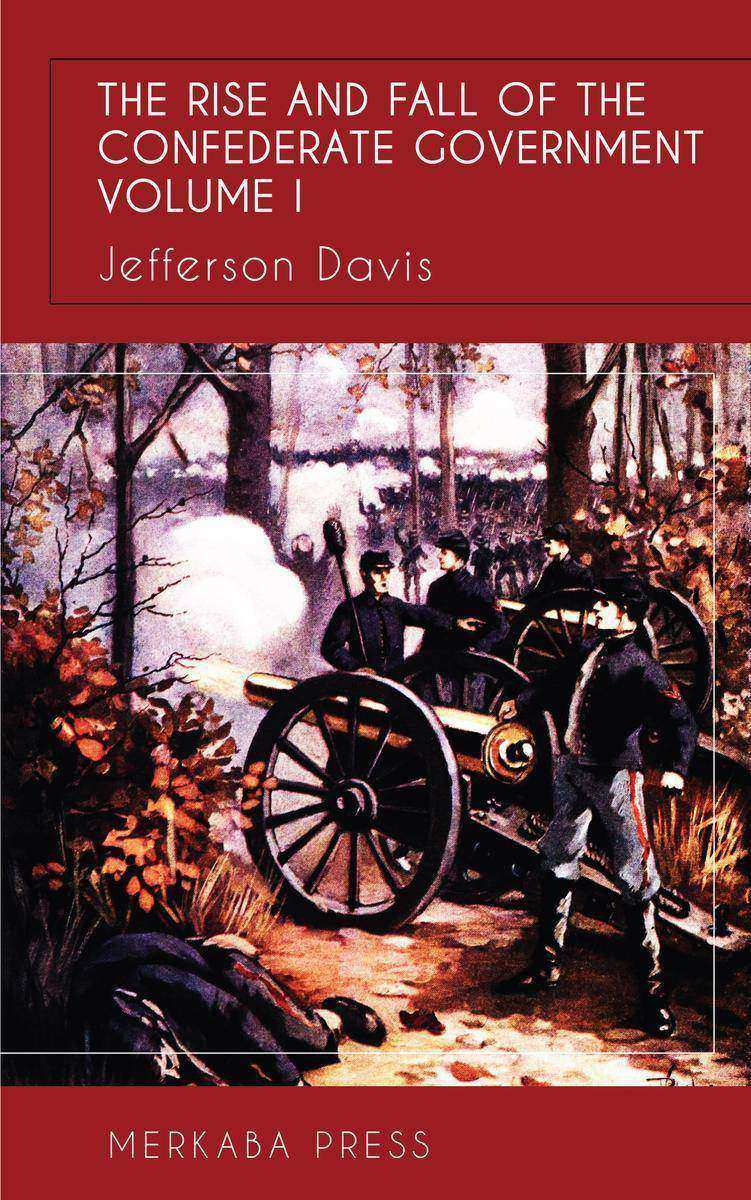
The Rise and Fall of the Confederate Government Vol I
¥8.09
The Rise and Fall of the Confederate Government Vol I
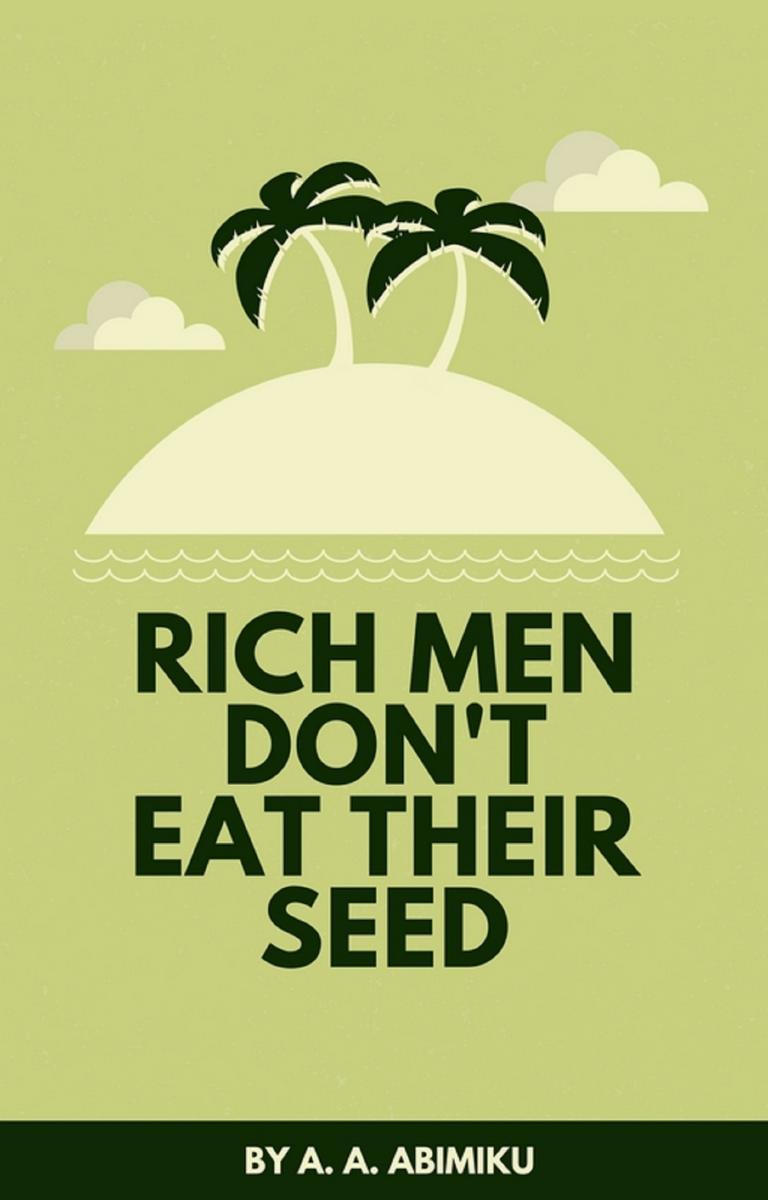
Rich Men Don't Eat Their Seed: A Guide to Financial Freedom
¥32.62
Rich Men Don't Eat Their Seed: A Guide to Financial Freedom
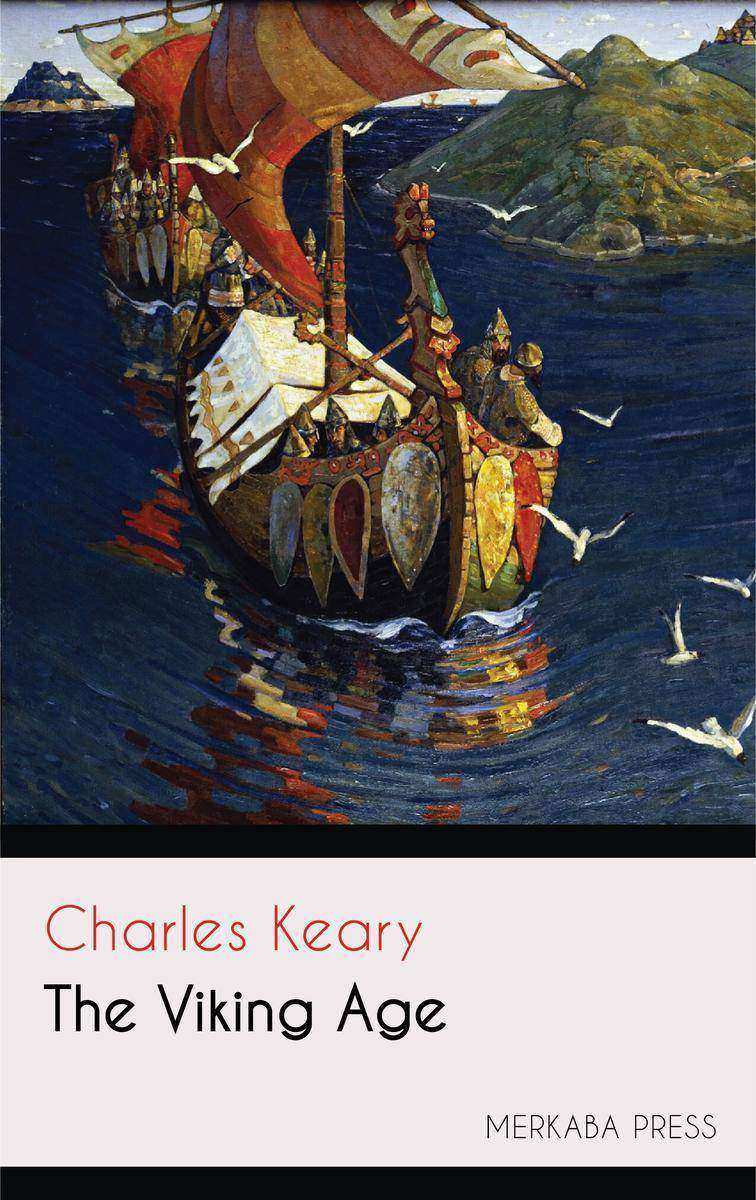
The Viking Age
¥8.09
The Viking Age
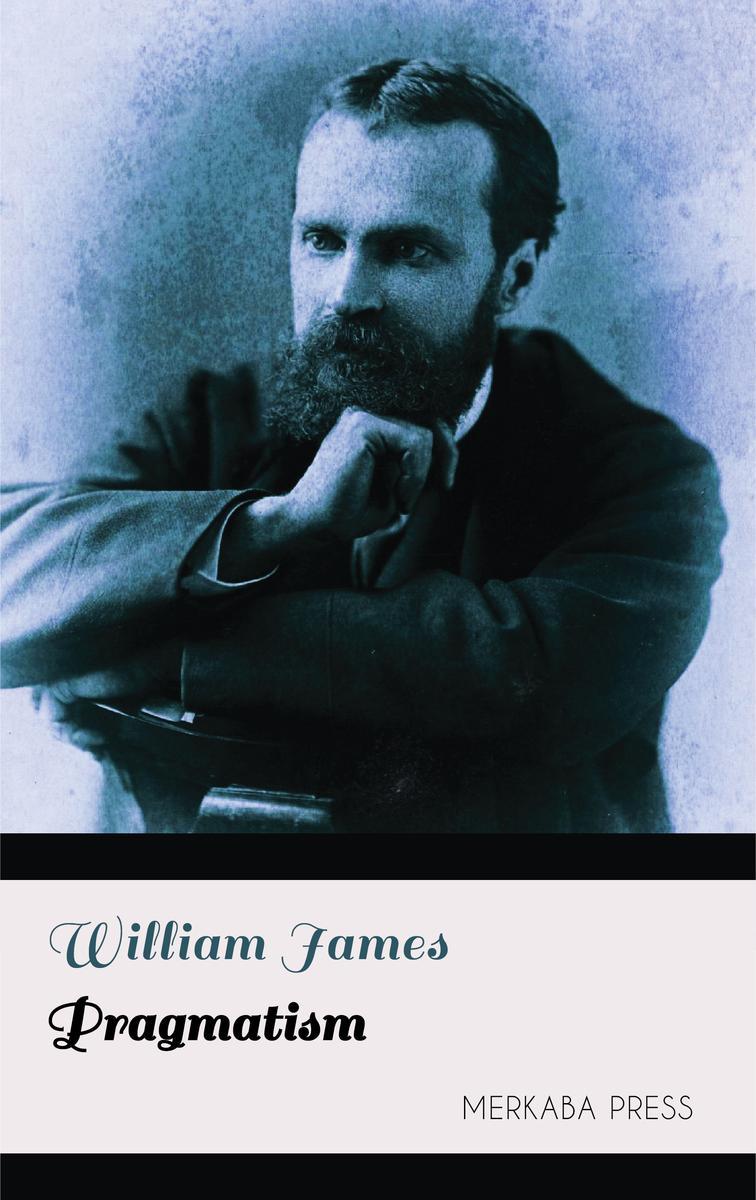
Pragmatism
¥8.09
Pragmatism
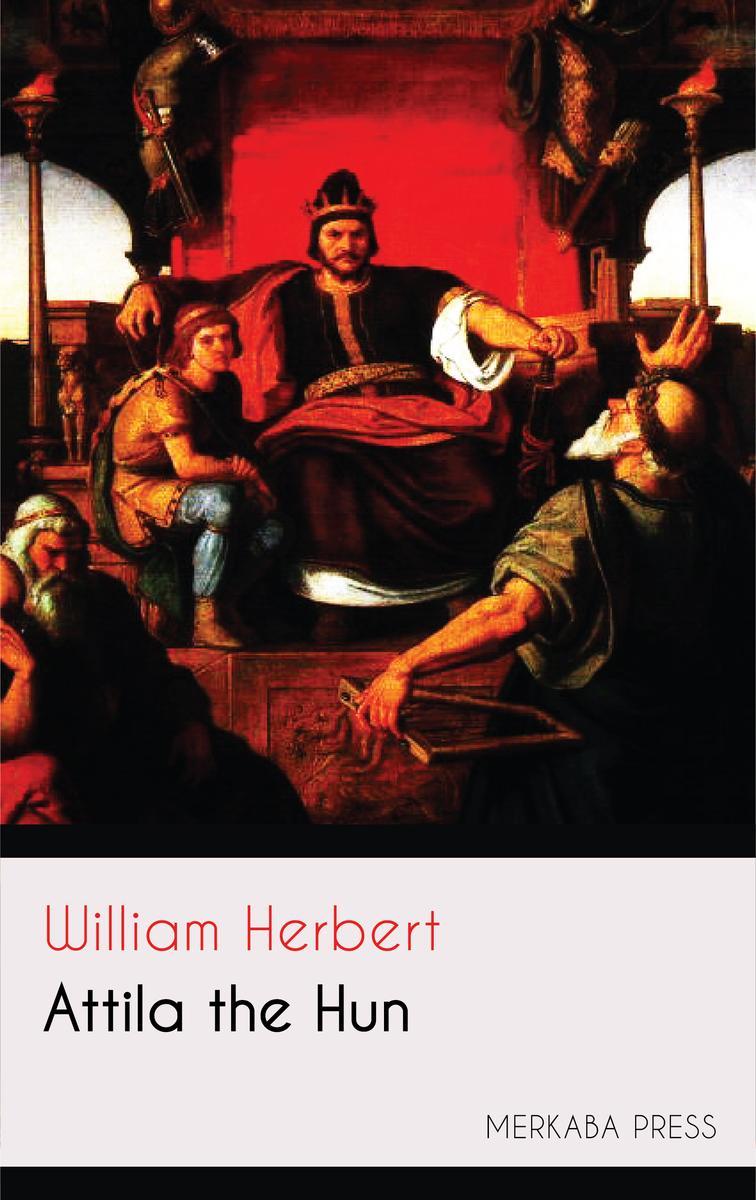
Attila the Hun
¥8.09
Attila the Hun
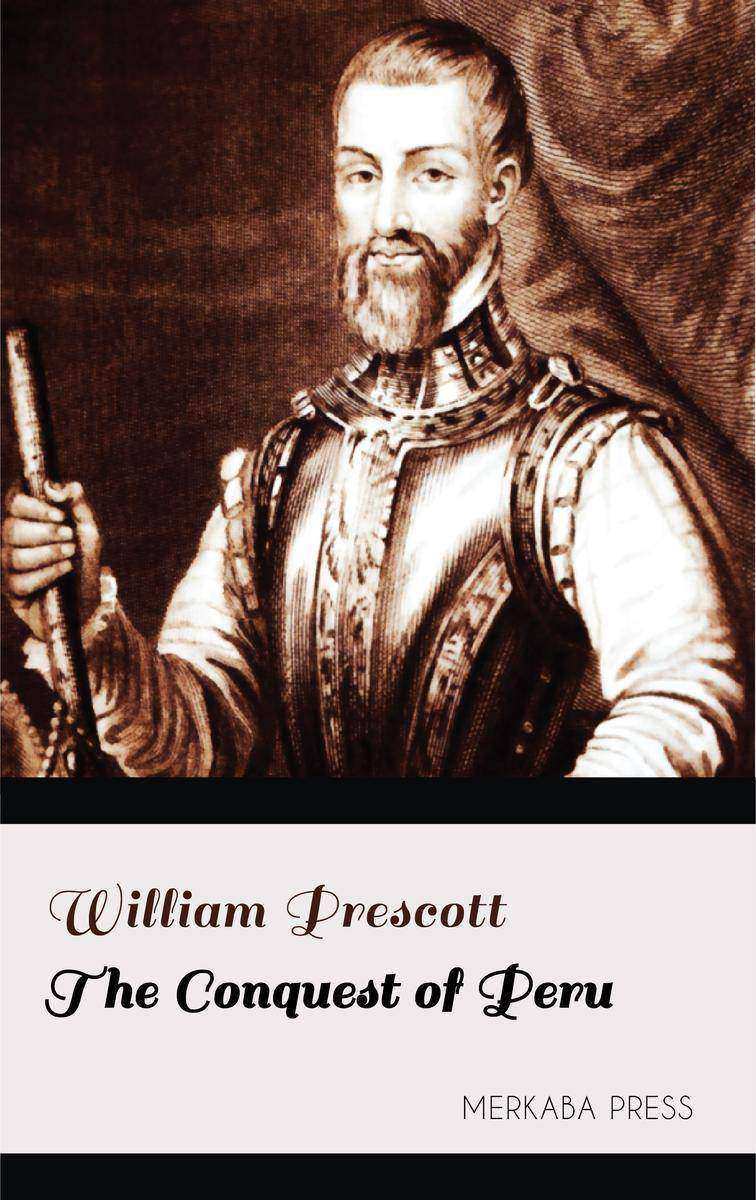
The Conquest of Peru
¥8.09
The Conquest of Peru
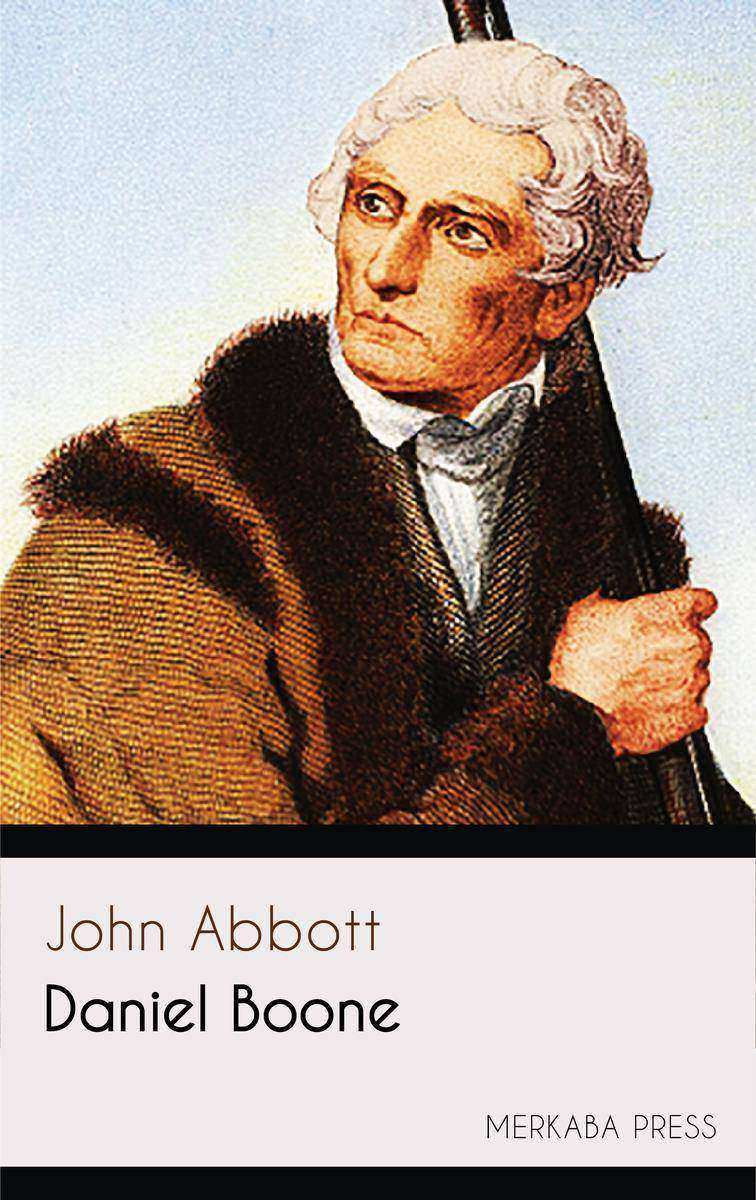
Daniel Boone
¥8.09
Daniel Boone




 购物车
购物车 个人中心
个人中心



